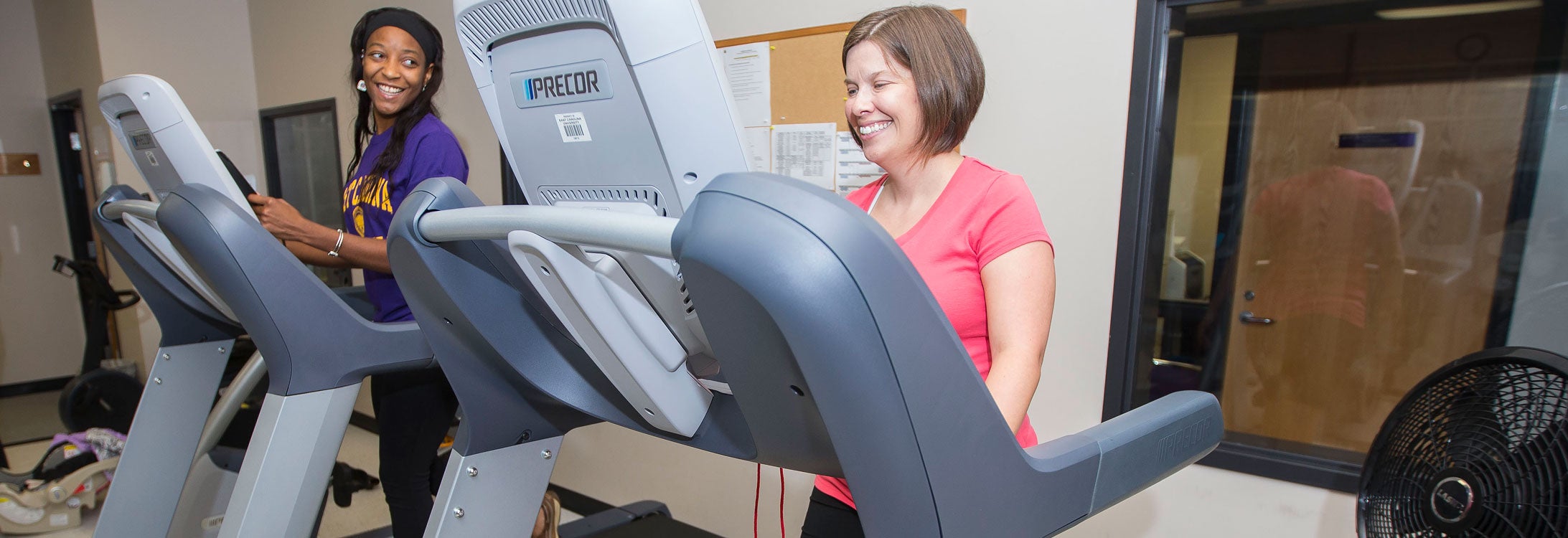HBRC End-of-Year Meeting Recap
On May 8, 2019, ECU’s Health Behavior Research Cluster held its end-of-year meeting. The following notes are presentations are provided for cluster members who were unable to attend.
Health Behavior Research Cluster End-of-Year Meeting Notes
May 8, 2019
Co-Directors: Lisa Campbell and Kim Larson
ADR Liaisons: Patricia Crane and Angela Lamson
Asstistant Vice-Chancellor: Kathy Verbanac
Attendance: Approximately 40 people attended
- Cluster Research Priority Areas
- The Health Behavior Research Cluster Strategic Plan identifies research areas that will be priorities for pilot funding. In the first year of the cluster the 2 priority areas were 1) pregnancy and infant health and 2) adolescent risk reduction. Over the past year the opioid epidemic was identified as an additional priority area as part of the pan-cluster opioid initiative which encourages all active clusters to prioritize research relevant to addressing the opioid epidemic. In the coming year, the cluster will add 2 additional research priority areas: 1) cardiovascular risk reduction and 2) rural occupational health and wellbeing. Two action teams are currently funded to support pilot work related to Year 1 priority areas.
- Question: What happens to these teams when the research focus changes?
- Answer: We are not changing focus but just adding additional priority areas. Teams that have received support will continue working toward grant submissions for external funding that will incorporate their pilot work.
- Opioid Initiative and Project Lazarus Intervention Model
- Attendees were reminded that the Opioid Initiative was kicked off on February 25th with the STEM@Starlight event featuring guest speakers from RTI and Project Lazarus. Both speakers shared their perspectives on the opioid epidemic nationally and in North Carolina, and provided an update on ways their respective organizations are working to reduce opioid abuse and deaths from overdose.
- It was noted that ENC is disproportionately impacted by this problem. Four NC cities are in the top 25 cities nationally for opioid abuse and 3 of those cities are in ENC. To gauge ECUs capacity to conduct research addressing the opioid epidemic, the cluster is preparing a survey to examine both clinical and research strengths and gaps as they relate to the elements described in the Project Lazarus Intervention Model (see slide diagram). The survey will be distributed in June.
- Cluster Participation and Membership Status
- In response to questions about what cluster membership entails and who is eligible to apply for pilot funding, 3 levels of cluster participation were identified. The broadest level of participation (HBRC Interest Group) includes all individuals on the HB cluster email list who have expressed an interest in the cluster mission through attending general meetings or responding to surveys. Currently the cluster interest group is approximately 170 individuals. The 2nd level of participation (HBRC Working Groups) includes faculty who have organized themselves into smaller groups to explore ways to collaborate around a specific research focus. Working groups are recognized as cluster members and encouraged to progress toward becoming action teams. The 3rd level of participation (Action Teams) are members who are collaborating on a clear program of research. Action teams are eligible to apply for seed funding from the HBRC (see slide diagram for full description of participation levels).
- Progress and Process of YR 1 Action Teams
- Team 1: Simulated Conversations for Health: Adolescent Risk Reduction Project (see slides for progress update)
- Team2: Pregnancy and Infant Collaborative (see slides for progress update)
- Process Question 1: How do the teams work together (e.g. share the data)?
- Answer 1: Email, meet via webex or regularly scheduled in-person meetings; share measures.
- Process Question 2: How to find funding sources?
- Answer 2: Team members define and identify appropriate funding sources. Motivation comes from team members.
- Process Question 3: Was everyone involved in all the projects of each action team? Did you limit the number of team members?
- Answer 3: Who is involved in specific team projects depends of the research question and the scope of the project.
- Health Behavior Research Survey
- 157 respondents from over 50 disciplines
- Data for internal ECU faculty access only
- Helpful for collaborations, start-ups, dynamic
- Beta version of data dashboard displayed (official 1.0 version will go live late May)
- Located on the HBRC REDE website: Shawn Reece and Matt Smith of REDE assisted with data management and representation
- Process Question: How to combine 3 areas (such as research focus, age group, and county)?
- Answer: Due to how data collected there will be limitations with cross-referencing but looking into additional functionality.
- Suggestions: Consider linking to faculty biosketches or CVs
- Next Steps
- Data Dashboard– available late May
- Opioid Research Capacity Assessment – June
- HBRC RFP announcement – July 1
- Seed money to acquire larger grants; part of RFP will be a description of external funding potential: R01, foundation, R03, etc.
- Opioid research proposals will be prioritized
- August 15th deadline for submission, September 15th funding available
Downloadables
- End-of-Year Meeting Notes (Word)
- End-of-Year Meeting Presentation (PowerPoint)
- Simulated Conversation Application for Health (PowerPoint)
- Pregnancy and Infant Research Collaborative (PowerPoint)
